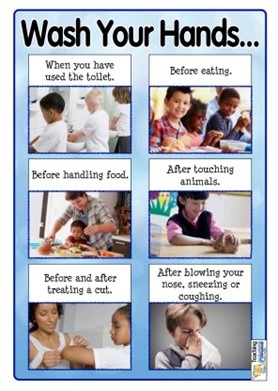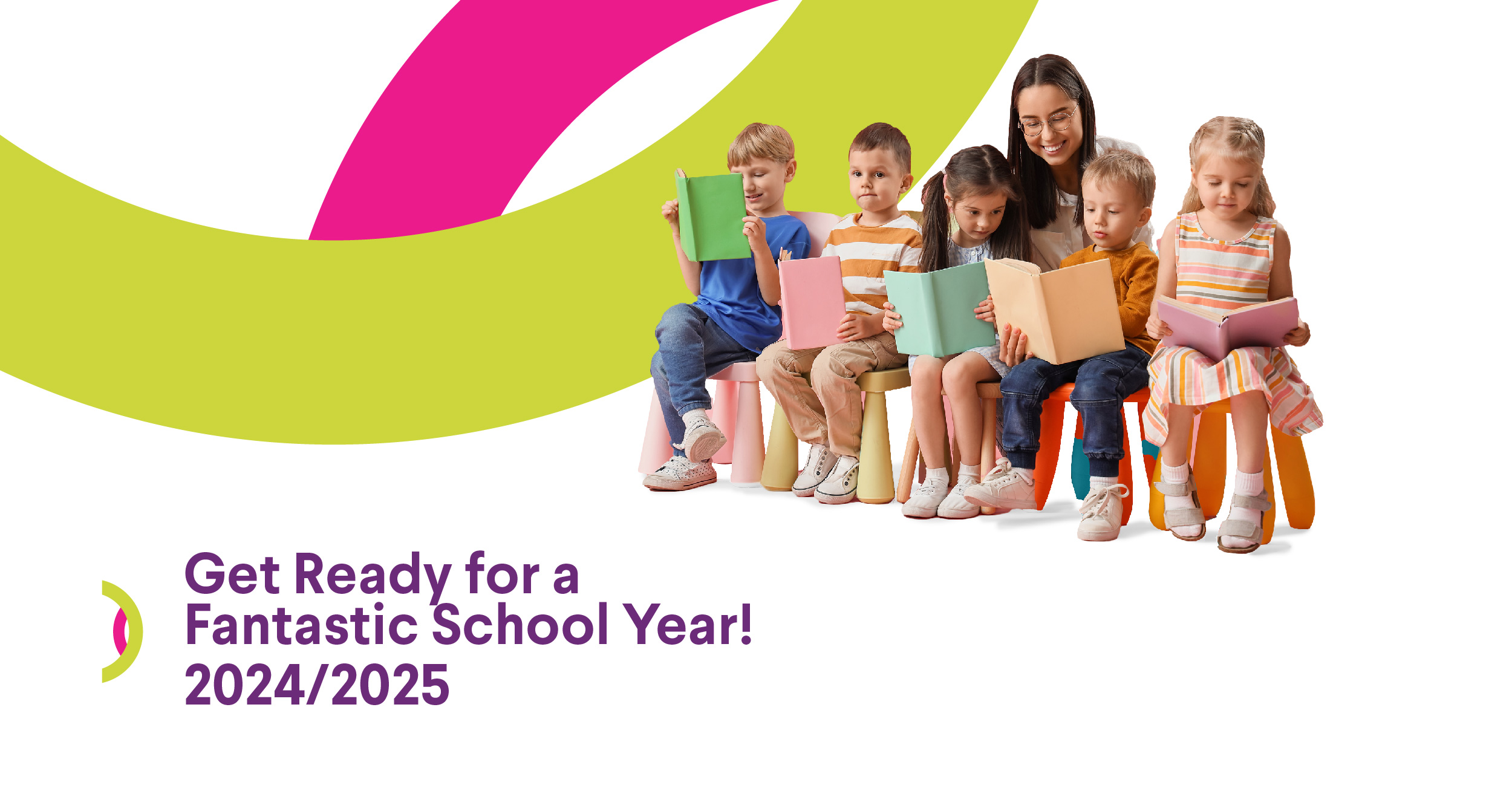While there are many things we want our young children to share while attending preschool, germs are not one of them! Unfortunately, little kids are germ magnets; they love putting things in their mouths, they often rub their eyes and noses, and hand washing is not typically a preferred activity by little kids. Therefore, having proper health and hygiene practices in place within your nursery classroom is essential to ensure the health and safety of the children and yourself.
Handwashing
The first defense against germs in a preschool classroom is proper handwashing. Both children and teachers should use proper handwashing techniques and follow protocol and when to wash hands.
Soap and warm water are best; however, hand sanitizer is the next best if you do not have soap and water. Additionally, teachers should encourage children to keep their hands out of their mouths and noses, to cover their mouths when they cough or sneeze, and never share food or drinks. Follow these five steps every time:
- Wet your hands with clean, running water (warm or cold), turn off the tap and apply soap.
- Lather your hands by rubbing them together with the soap. Next, lather the backs of your hands, between your fingers, and under your nails.
- Scrub your hands for at least 20 seconds. Need a timer? Hum the “Happy Birthday” song from beginning to end twice.
- Rinse your hands well under clean, running water.
- Dry your hands using a clean towel or air dry them

Maintaining a Clean and Sanitized Classroom and Environment
The next step in maintaining a hygienic nursery is having a clean classroom by properly cleaning toys, play surfaces, eating surfaces, chairs, and sleeping cots daily. Teachers should clean all surfaces and toys regularly with soap and water. Small loose toys can be gathered and washed in a bucket. Soap and water removes dirt and some germs, but cleaning should go a step further with sanitation.
The process of sanitizing removes 99% of all germs. If your school has a dishwasher, hard or nonporous toys can be washed on the top rack. Otherwise, you will need to use a sanitation solution. Toys can soak in a sanitation solution for several minutes, or teachers can spray them and allow them to air dry. The most common solution is a combination of bleach and water. However, there are greener, more natural products available too. Eating surfaces should be washed and sanitized both before and after eating.
Disinfecting takes cleaning a step further and should be done weekly. Disinfectant wipes are the easiest way to do this; however, solutions can be used with clean cloths. In addition to washing hard surfaces and toys, teachers should wash bedding, dress-up clothing, and soft toys like stuffed animals weekly in a washing machine.
Teaching Best Practices to Children
The best defense against germs is maintaining a clean environment and following and demonstrating proper hygiene practices. Little kids learn by watching the adults around them, so the more you encourage and demonstrate cleaning and handwashing, the more they will follow suit!
Children need practice and a lot of reminders before something becomes routine, so teachers should station themselves near the bathrooms and the sinks during handwashing and toileting routines to offer gentle reminders.

Another way to help children remember healthy hygiene practices is by posting picture guides near sinks and around the classroom. If you have permission, use pictures of the children in your class to create these guides, so they see themselves in action!
Other Ways to Teach Best Practices
- Sing songs and teach finger plays about handwashing
- Teach the children a song to sing while they wash their hands
- Conduct science experiments to show how germs travel and stick
- Read books about hygiene and handwashing
- Play hygiene charades where the children act out different hygiene practices like brushing their teeth or combing their hair
Engaging Parents & Employees Parents and teachers should work together to encourage proper health and hygiene practices. For example, schools can send free flyers and posters for parents to post at home. In addition, routines are essential when teaching children about hygiene; therefore, when teachers share their classroom routines and expectations at school, parents can practice and encourage these same routines at home. Teachers can also send home a list of recommended stories, songs, games, and websites for parents to utilize.











